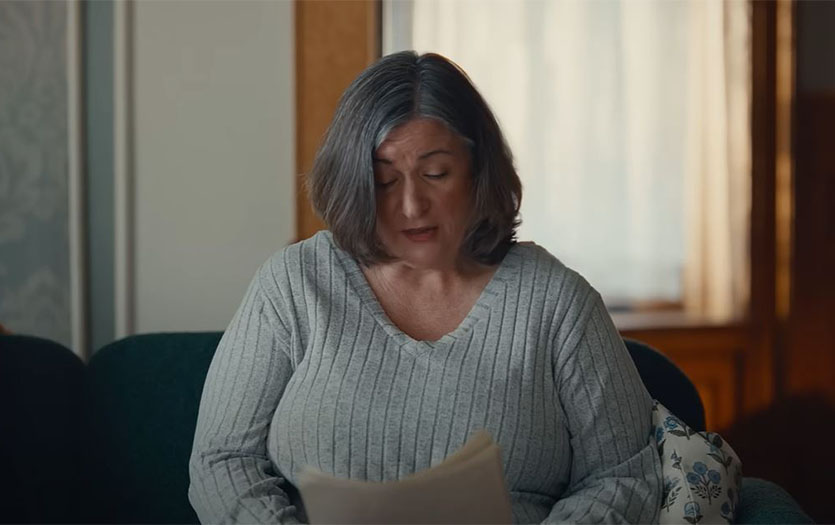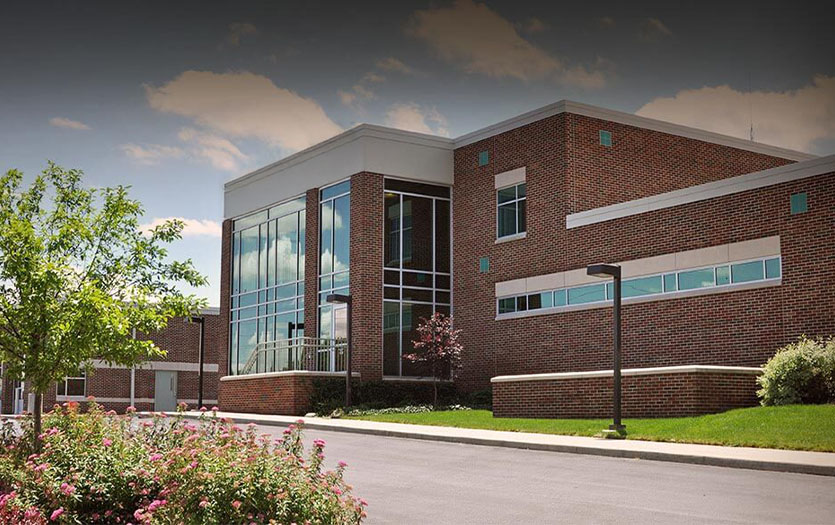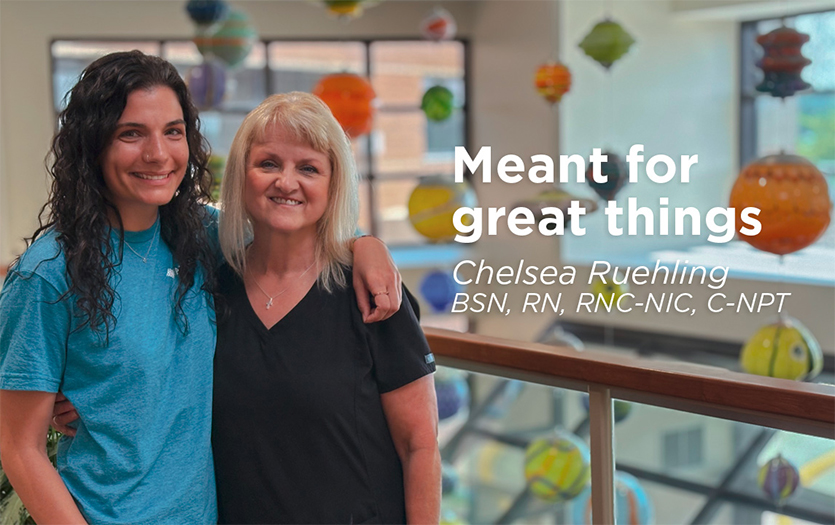This post was written by Courtney Leach, Digital/Social Media Manager
Look very carefully and you might just find the rhythm, the pattern. For a surgeon, there’s a hurried, but not hectic, cadence to operating days. Every task is critical but not a crisis – Urgent but not an emergency. Maybe it’s just their confidence that lessens the weight of what’s at stake. Or maybe it’s their nature. Surgeons as a species, I have deduced, are predisposed to the urge to put their hands right on a catastrophe, to stop the bleeding, rather than panic and flee like others would.
I recently spent 9 hours shadowing Joseph Greenlee, MD, PPG – Cardiovascular Surgery, one of the more than 30 physicians at the forefront of the robotics surgery program at Parkview. I was promised full access to his agenda and a front row seat as this talented, technologically advanced team displayed what they’re doing case after case to improve our patients’ experience.
Among many things I learned that day, I discovered that my stride is short and I will never truly know all of the shortcuts, twists and turns it takes to navigate the hallways and entryways of Parkview Regional Medical Center like the men and women of this elite tribe do. But first, our introduction …
I met Dr. Greenlee’s eyes from behind a blue paper surgery mask, my voice hot and muffled. I had just quietly observed his first procedure of the day – a lung lobectomy he intended to perform robotically but couldn’t due to an excessive amount of scar tissue. Once it was decided that conditions were not optimal for the original strategy, the team instinctively began to swiftly shift and reconcile. They busily unwrapped blue paper packages of sterile instruments in various sizes and slid seamlessly into their alternate stations. I later told him how amazing it was that the group adjusted so quickly to the change of plan. He nodded slowly as my observation was of no surprise to him. The surgical technologists and team are phenomenal and an essential element of the Parkview surgical program. They are crucial, I would observe.
We removed our paper coverings and immediately went to update the family on the outcome of the procedure. (I wondered if he would take a moment to decompress, but that would be a luxury not often observed in a profession where time is always of the essence. A loved one is always waiting. A life is always in the balance.) I’m sure there are unique nuances to each surgeon’s post-op report. I’m sure there are some who are more direct, and others who air on the side of extreme compassion. If I had to describe Dr. Greenlee’s approach, I would categorize it as collected. He has a calmness about him that signals the recipient of the report that everything went as planned and they, as the loved one who has been waiting so anxiously, can finally take that breath they’ve been so tightly holding onto.
We stopped in to see two of the patients Dr. Greenlee would be operating on that morning. Again he slipped into that measured tone as he triaged the medical and emotional hesitations nearly every patient – and perhaps more so their family – experiences before surgery. He answered questions and did his best to ease the clenched faces of worried daughters, sisters and husbands. It’s the part I would imagine they can’t really teach in school. The human element, diffusing that intense fear, is so delicate and so vital.
“Your daddy did my appendix,” one of the patients said at her pre-op check in. In fact, Dr. Greenlee’s father was a surgeon in Kendallville for many years. His brother is a neurosurgeon. “He’s the smart one,” Dr. Greenlee quipped as we chatted about family in the hallway. When I asked about his studies, the devoted Hoosier shared that he received his undergraduate degree from Indiana University in Bloomington, where he went on to complete his general surgery training in 1997. He served as general surgeon in the U.S. Navy until 1999 before completing his cardiothoracic training at Indiana University, Indianapolis in 2001. Dr. Greenlee practiced cardiothoracic surgery in Dothan, Alabama from 2001 to 2009 and came to Parkview in 2009.
“I like being busy,” he offered when I asked how he chose his areas of concentration. But it was in 2008 that he discovered an affinity for the da Vinci Surgical System*, a machine he uses to assist in certain thoracic cases. “I went through the training and, since then, I’ve watched a lot of cases to stay up to date,” he said. “We also have a robotic simulator, which is great. It truly is less invasive for the patient. They experience less pain and earlier mobilization.” Of course, it’s always nice to be at the forefront of technology, as well. Now, Greenlee is the only surgeon using da Vinci for Thoracic procedures in Northeast Indiana.
I stood just outside the sterile area as Dr. Greenlee removed chest tubes from one patient, and I thought about how dramatic the shift from task to task is for a surgeon. One minute you’re discussing lung cancer with an anxious grandmother, and the next you’re retrieving life-saving material from a young man after it’s run its course. Not to mention the intricacies of the anatomy, amplified by each human being’s unique composition must require such flexibility and focus, two attributes Dr. Greenlee has in abundance.
After performing a physical for a Samaritan pilot, we stopped in to see Dr. Greenlee’s office. One look at his desktop and his second passion became very clear. “Do you fly?” I asked, observing the gauges on his desktop wallpaper and framed photo of an aircraft, one I would later discover is named the Golden Eagle. “I do,” he responded quickly, his entire expression changing. “My father actually flew, and we grew up at the Kendallville airport since we had a business there. I actually started flying in 1983. I get out about 2-3 times a month. I’m still in the Navy Reserve, so I’ll fly for that.”
Next, we stopped by to look in on a patient in recovery. I pushed to keep up as my subject turned and badged into areas of the hospital I didn’t even know existed. Still uncomfortable, yes, but this particular patient was radiating gratitude. As was his wife. “How does that feel?” I asked. “To know you saved someone’s life.” He smiled modestly. “I enjoy bypass surgery because it really can prolong life.” When I asked what most surprises him about his profession he said, “I’m always surprised how fast people can heal.”
Dr. Greenlee’s second major procedure of the day was another lobectomy using the da Vinci Surgical System. He began by the patient, working carefully to place the instruments, including the laparoscope (a thin tube with a tiny camera and light on the end). Once the team is comfortable and everything is set, someone gives the signal and the robotic arms come to life, poising in anticipation of the surgeon’s coming commands. Adjusting and communicating like an additional team member, the machine settles into position and adjusts to accommodate the procedure at hand.
Dr. Greenlee moves over to the main operating module, where he rests his head against the magnified vision system with a 3D HD view. He picks up the wristed instruments and brings his feet to the base of the foot pedals beneath the module; One pedal to fire up the devices and one pedal to operate the camera. I sat at the second module, a replica of the first used to enable two surgeons to work in tandem or, in this case, an awe-struck observer to look on.
While some of the team members have received additional training, many have learned by working closely with Dr. Greenlee. There has to be a great deal of trust in this scenario, with the surgeon away from the table. Communication is constant, concise and crystal clear. The undeniable cohesiveness of this surgical unit has matured so beautifully into a true complement to the technology.
My eyes widened at the magnified motions, as Dr. Greenlee explored and moved thoroughly over the various connective tissue of the lung. Slowly and methodically he removed lymph nodes for retrieval, and eventually, an entire section of the lung. Tom, the physician’s assistant, would promptly switch out the tools on the robotic arms to facilitate various portions of the procedure. Once the attachment is in place the arm brings the instrument back within 3mm of where it was originally. “Yours,” Tom would say once he relinquished the controls. Firm staples were put into place before any sections of the organ were separated. I looked on for 2 hours as Dr. Greenlee and his mimicking bionic extremities, moved in tandem to execute the precise actions needed to extract the concerning culprit.
My head buzzing and notebook brimming with questions, I lengthened my stride to follow Dr. Greenlee to update the family. I was relieved when, after speaking with them, we badged through a few more doors and entered a separate break area where we could grab a quick bite (the first I’d seen him take all day). Hungry as I was, my appetite to get questions answered was more ravenous than my stomach. I raced to make my mind catch up with my words as Dr. Greenlee patiently recounted the morning’s events.
We were coming to the final hours of our time together. For a man who’s used to having few precious moments of quiet and reflection in his day, I am guessing the ones he does get are savored that much more. Out of respect for this and his gracious availability throughout the day, we parted for a bit. But first he prepped me on the last surgery I would be observing that day, a triple bypass. He politely inquired about my confidence in stomach stability and I politely responded with false, yet convincing, confidence in return.
I’ve never seen a real heart in person. Until this day, I’d never seen an actual organ in person. But here I was, putting on my “hat” as he called it, and mask and standing under the kaleidoscope lights of the operating room. Once the initial incision was done, the anesthesiologist motioned for me to come over. He pulled out a stool and grabbed my arm to help me up. I looked down and, in one glance, gained an entirely new perspective on the human body.
I didn’t move for the next few hours, my eyes glued on the pulsating life source just below me. The magnitude of this time for this man, whom I’d never met, hit me hard and held me there. But what was perhaps most mesmerizing was the delicate dance my tour guide for the day was performing just inches away. He would take portions of the healthy blood vessel and, with the smallest of tools and maneuvers, attach it to the weaker artery. He was rerouting this man’s future by rewiring his infrastructure. After each bypass was complete he would take a blood-soaked cloth and wring the crimson liquid back over the man’s open chest. Something about this pattern felt so satisfying, even as an onlooker. Like he was washing away each risk, each hazard, one by one and pouring a bit of hope right on top for good measure.
I left as they were finishing up. I changed out of my borrowed scrubs and picked up my weighty camera and walked out to my car. And I sat. I sat for a bit and let the work I had witnessed marinate in my mind.
The life of a surgeon is marked by cold cups of coffee with only a few sips gone. It’s back staircases and 5-minute conversations in the physician’s lounge with ghostly X-Ray images on a screen in the background. But the appeal, as I see it, rests in the alternate, beautiful side to this life. The surgeon is truly the conductor of the most magnificent orchestra and the human body is the instrument. The steady andante beeps of the machines, the controlled crescendos, the harmony that comes from years of life-saving moments. He is the conductor and the music is magical.
*Investing in the growth of the robotics program, Parkview recently acquired the latest da Vinci Xi Surgical System and TruSystem 7000 operating table. Follow the Parkview Dashboard and @parkviewhealth on Instagram for a deeper dive into this impressive technology (and what it means for you) in the coming weeks.



